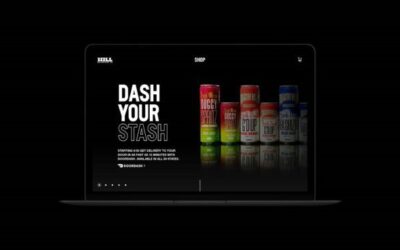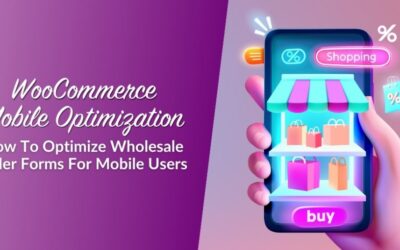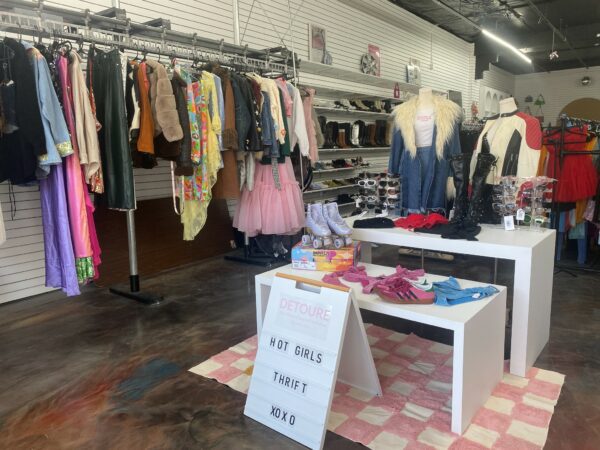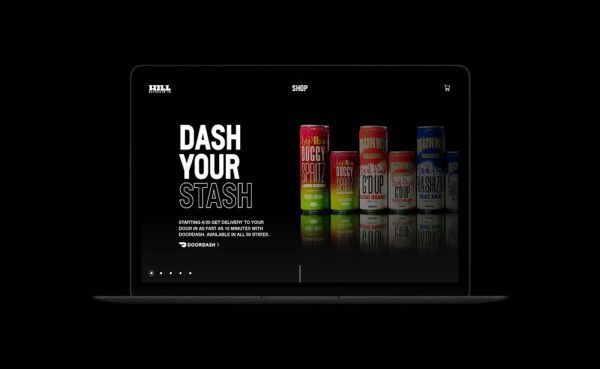Top 3 Ways Data will Impact Convenience Retailers in 2023


Although the convenience industry has experienced an accelerated phase of consolidation globally, many U.S. retailers have been immune to that trend. Thanks to a reliance on historically high fuel margins, these retailers have been able to survive on the status quo. However, when fuel margins contract — and they inevitably will — those retailers will face a tremendous amount of pressure to adapt their businesses.
To thrive, convenience retailers must be more proactive in adjusting to rapidly changing market dynamics. So how can they achieve that? By recognizing the growing importance of data — specifically, how they access, unify and start to action data in a more cohesive way.
Below are three big ways data will impact retailers in 2023.
1. Using loyalty to retain employees.
Although site-level staff turnover results in high costs for retailers, some are taking a different approach to current workforce shortages. They’re now investing heavily in employee satisfaction in order to reduce the amount of turnover.
One innovative approach has been the introduction of loyalty programs for employees. Most retailers wouldn’t think twice about investing in loyalty programs for their customers, so why wouldn’t they extend the best loyalty benefits to their own employees?
For example, if a retailer has the technology to identify the sales associate for a given customer transaction, can they reward or incentivize that employee via a loyalty account? This might sound like an obvious idea, but many retailers are struggling with how to make it happen. The biggest obstacle is the initial financial investment along with the organizational structure to manage the program over time.
Most smaller retailers — those with 150 sites or less — typically don’t have the right resources and skills to operate this type of program, so they look for a vendor for help. Unfortunately, many vendors are promising a lot of sizzle, but can’t deliver the steak — the underlying technology or relevant data that allows for actionable solutions.
Before they can enact an employee loyalty program, employers must ensure that their vendor or partner can provide easy access to relevant data, manage it efficiently across systems and share insights to track and validate the results of the program.
2. Converging loyalty and other programs.
Another big trend on the horizon is the growing convergence of loyalty programs with advertising and promotions. It wasn’t very long ago that these used to be disparate areas — and for many retailers, they still are.
That’s because retailers historically have been much more dependent on their consumer packaged goods (CPG) partners to drive advertising, offers and promotions and lead the charge in terms of in-store merchandising. With access to the right data, retailers are driving a shift in how CPGs are going to market, increasingly investing in areas where they can track attribution from the initial digital touch point with a consumer all the way to a store visit. That shift essentially puts retailers in the driver’s seat, because they aren’t reliant on the traditional category management approach led by CPG brands.
Instead, savvy operators are helping identify customers they believe meet the CPG brand’s objectives. They’re also helping create integrated digital campaigns that build awareness around a product, with measurable results across the digital retail journey, while providing clear attribution. The retailers providing that level of detail for their CPG partners will get a larger share of available trade dollars — and the CPGs will get a clearer sense of their ROI.
3. Tapping into the growing value of first-party data.
The first two trends reveal how data has become increasingly important to the relationship between retailers and their employees as well as retailers and their CPG partners. Access to first-party data is the key to combining advertising, promotions and insights for sustainable success.
For instance, PDI has access to consumer behavior data from its GasBuddy® app and Fuel Rewards® loyalty program that provides an initial touch point for retailers to reach potential customers online and then follow through to the transaction level. Retailers can further leverage that data to support paid media and marketing activities on complementary platforms such as Facebook and Instagram.
This enables CPG brands to tap into behavior and preference data to inform new product launches, promotions and tailored offers to ensure relevancy to their target audiences and the ability to measure and put actionable insights to work.
Utilizing data can help retailers gather information about the performance of their business to make more informed decisions, have a better understanding of customer needs and uncover future business opportunities.
Todd Gulbransen serves as SVP and General Manager, Consumer Programs and Marketing, at PDI Technologies. There he leads a talented team who help convenience retailers and CPGs leverage data, drive personalization and engage faster with consumers through loyalty initiatives including the Fuel Rewards® program and GasBuddy®, which together represent more than 20 million active users. Gulbransen joined the company in 2022, bringing 30 years of retail experience. Prior to PDI, he served as the Chief Client Officer at LoyaltyOne and AIR MILES.











